Which sake with this bluefin tuna? the definitive tasting…
Summary:
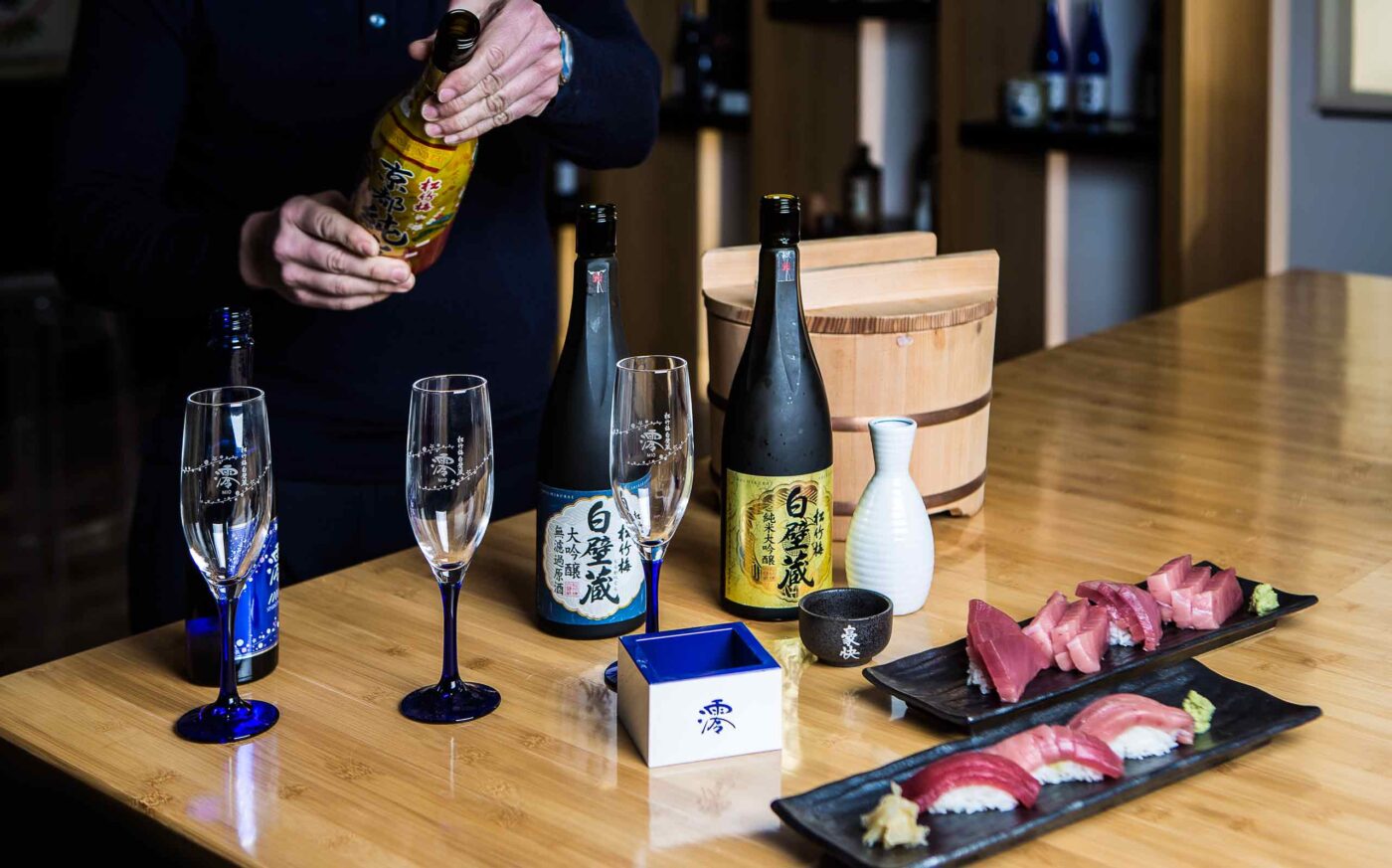
A logbook by Sensei Hiroshi Umi.
Forgive my initial liberty with the headline of this post. I borrow, and adapt, the title of an essential reference work to ascertain essentially how a perfect liquid match works with certain foods. Originally entitled Which wine with this duck? and written with taste, skill and a splash of irony by Ferran Centelles. The former fresh-faced sommelier of elBulli, he is now a wine educator and one of the leading lights in the field of educational sommeliers, through numerous channels and platforms.
Because, my faithful followers of our favourite fish, we have now reached the point in our tuna odyssey where we set our supreme product against a fitting rival with a view to harmonising flavours, matching our seafaring cuts against a multifaceted, fermented creation still very much unfamiliar to Western ears and eyes: sake.
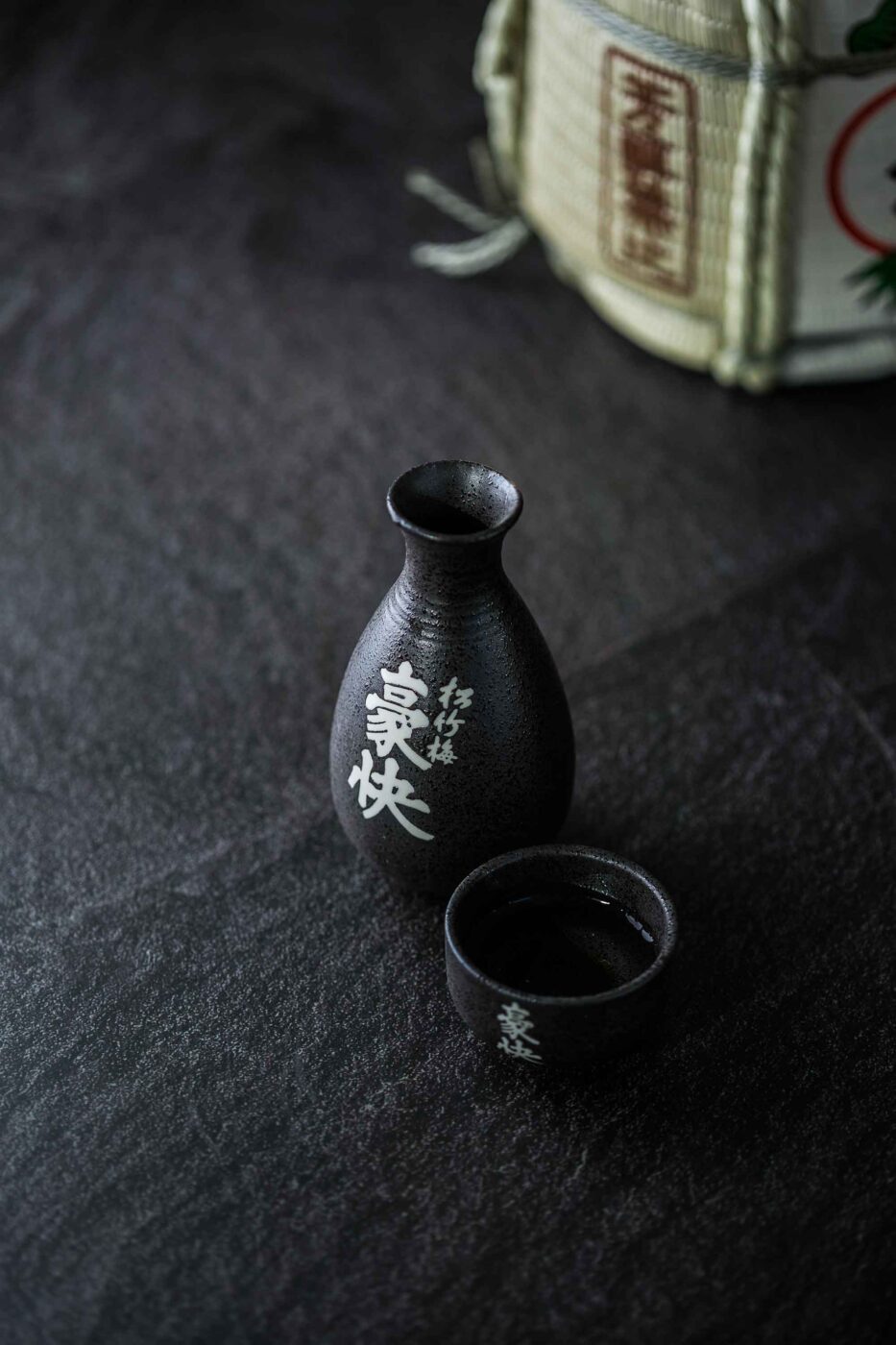
Discovering sake
And so, here we are at the Japanese produce distributor Cominport, notebook at the ready for such a thrilling task. Above all to dispel myths and further explore a few truths. Allow me first to make a contribution from my humble experience and frequent indulgence of this troublesome companion: sake is fermented from rice (the yamadanishiki variety, which is the most common in my country, a nation rich in sakamai, or sake rice) which needs the koji ken fungus to ferment into sublimity; which is prepared with different degrees of polishing to reveal its pearly heart (shimpaku), without the protein-based endosperm which would give unwanted flavours; which is drunk from ceramic cups known as ochokos, glasses christened masos and kept in flagons or sakatarus; which, it is important to remember, has such special designations as junmai, junmai daiginjo and junmai ginjo (with no added alcohol); that there is cloudy sake (nigori) and even sparkling sake, and that it may contain anything from a lowly 5 percent up to 45 percent alcohol (although the latter are practically sojus, or spirits); that its nuances range from citric to floral, from the most tropical fruit to the most verdant fragrance…
Its whole narrative and flavoursome, purifying spectrum suggests that sake could open any door in the hands of a perceptive sommelier. However greasy or complex a menu might seem, sake has the prodigious talent of balancing umami with a real punch, as one might say…
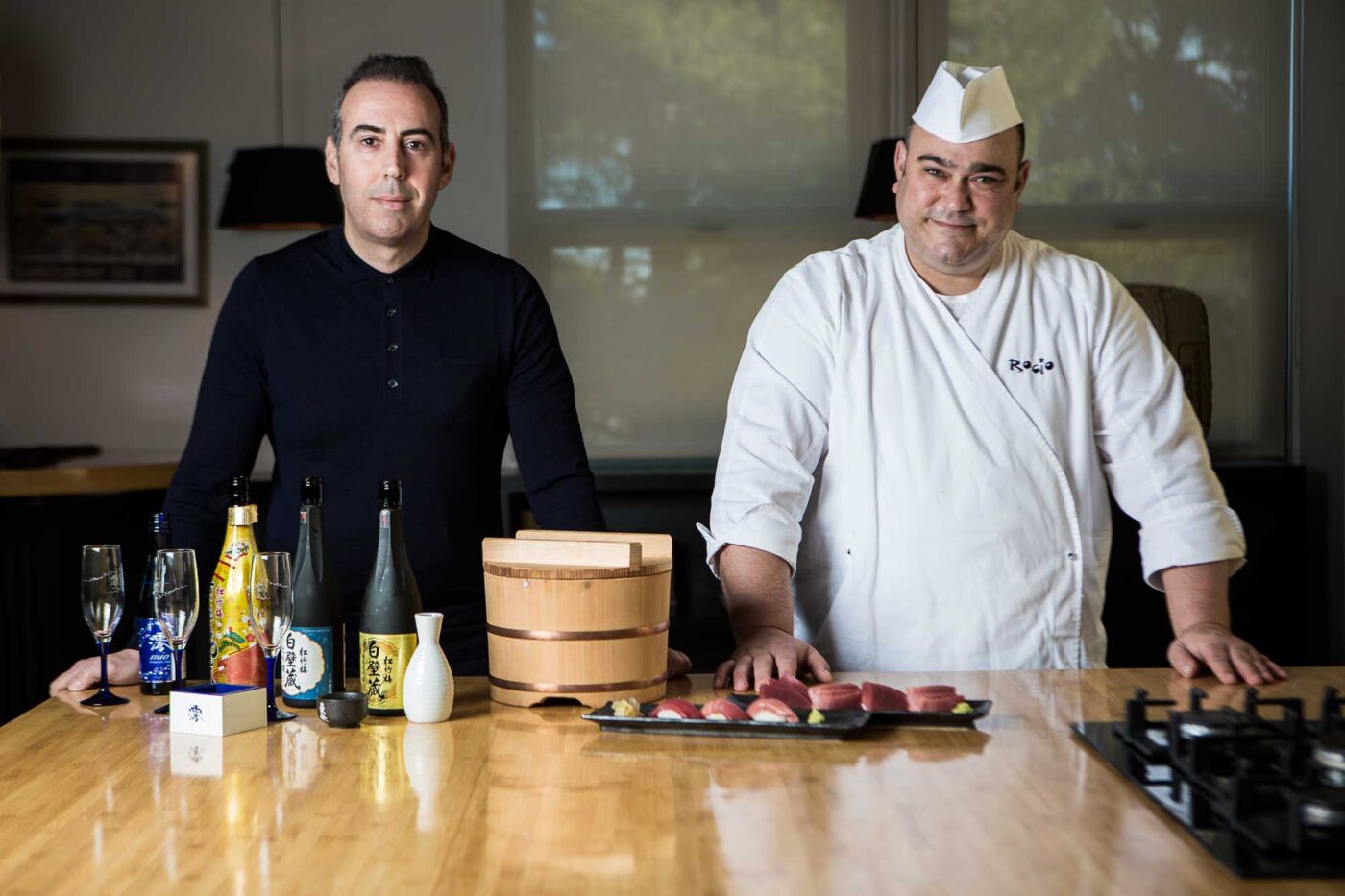
Juan Bautista García: “Bluefin tuna and sake, the grand alliance
Having said that, we have before us a spread of toro, chutoro and akami sashimi of Fuentes Bluefin Tuna sliced by the skilled knives (which cost a fortune – made by Masamoto Sohoten in my homeland, and we will return to them in a future post) of the sushiman Juan Bautista García. A chef who has found his way and made his mark from his hometown of Malaga with the restaurant Rocío Tapas y Sushi. He is not just one of the finest exponents in Spain of the minimal art of raw cuts of fish and the preparation of vinegared rice for sushi, but was once the student of the legendary Masao Kikuchi. And that is just a hint of his CV, the highest doctoral qualification.
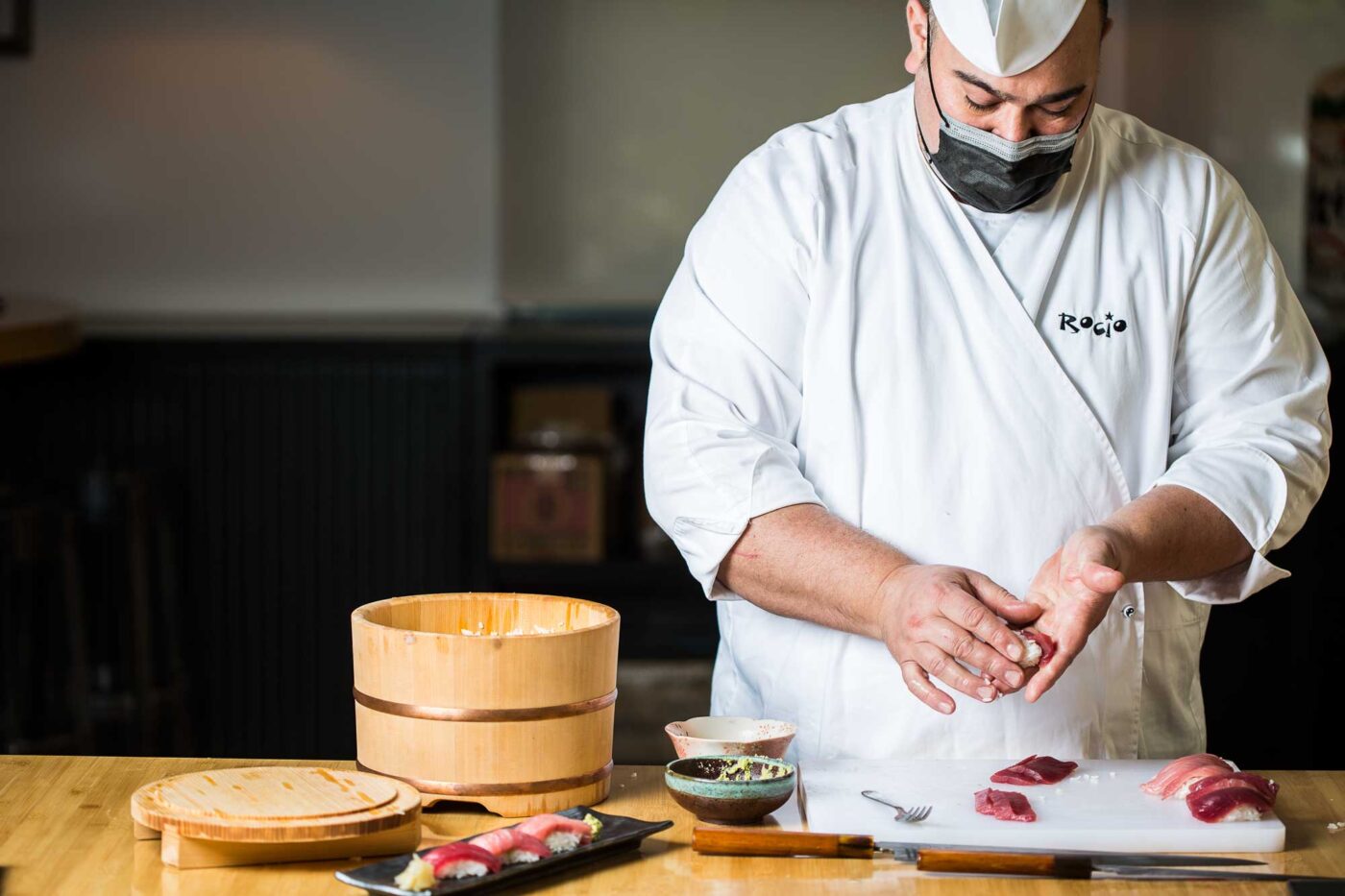
Having said that, we have before us a spread of toro, chutoro and akami sashimi of Fuentes Bluefin Tuna sliced by the skilled knives (which cost a fortune – made by Masamoto Sohoten in my homeland, and we will return to them in a future post) of the sushiman Juan Bautista García. A chef who has found his way and made his mark from his hometown of Malaga with the restaurant Rocío Tapas y Sushi. He is not just one of the finest exponents in Spain of the minimal art of raw cuts of fish and the preparation of vinegared rice for sushi, but was once the student of the legendary Masao Kikuchi. And that is just a hint of his CV, the highest doctoral qualification.
What is more, Juan Bautista just loves sake. And knows what he’s talking about. “The first sakes I tried were very basic, and all had added alcohol. Over time, I started sampling other exceptional sakes from small producers. I will always remember a daiginjo that was pure silk. It made a real impression on me. Sake is unique. You cannot compare it to anything, not sparkling wine or champagne, not beer. What better to go with Japanese food? It’s perfect. It cleanses the palate. It doesn’t have an aggressive bouquet. It lends itself to anything. It’s a real undiscovered gem outside Japan. Those not in the know should bear in mind that the fattier the cut of bluefin tuna, the drier the sake should be. Once again: this drink is always a great match. Tuna and sake can make great friends, just like sencha green tea, another of my passions,” the Malaga-born chef declares.
On the table, a fruity sake, with hints of banana and lychee, tropical airs and most agreeable nuances, from the Shirakabegura brand. 15-16 percent in a junmai daiginjo which goes perfectly with cuts of chutoro, redoubling the flavour of both as they clash in the mouth; for toro sashimi, a sweet and subtle junmai, velvety, more floral, 13 percent and with a well-defined structure, from the Kyoto Fusimishu label; for the trance of akami, a muroka-style sake, in other words an unfiltered ginjo which makes it more aromatic and flavourful on the palate, perfect to wash away the fat of the tuna belly.
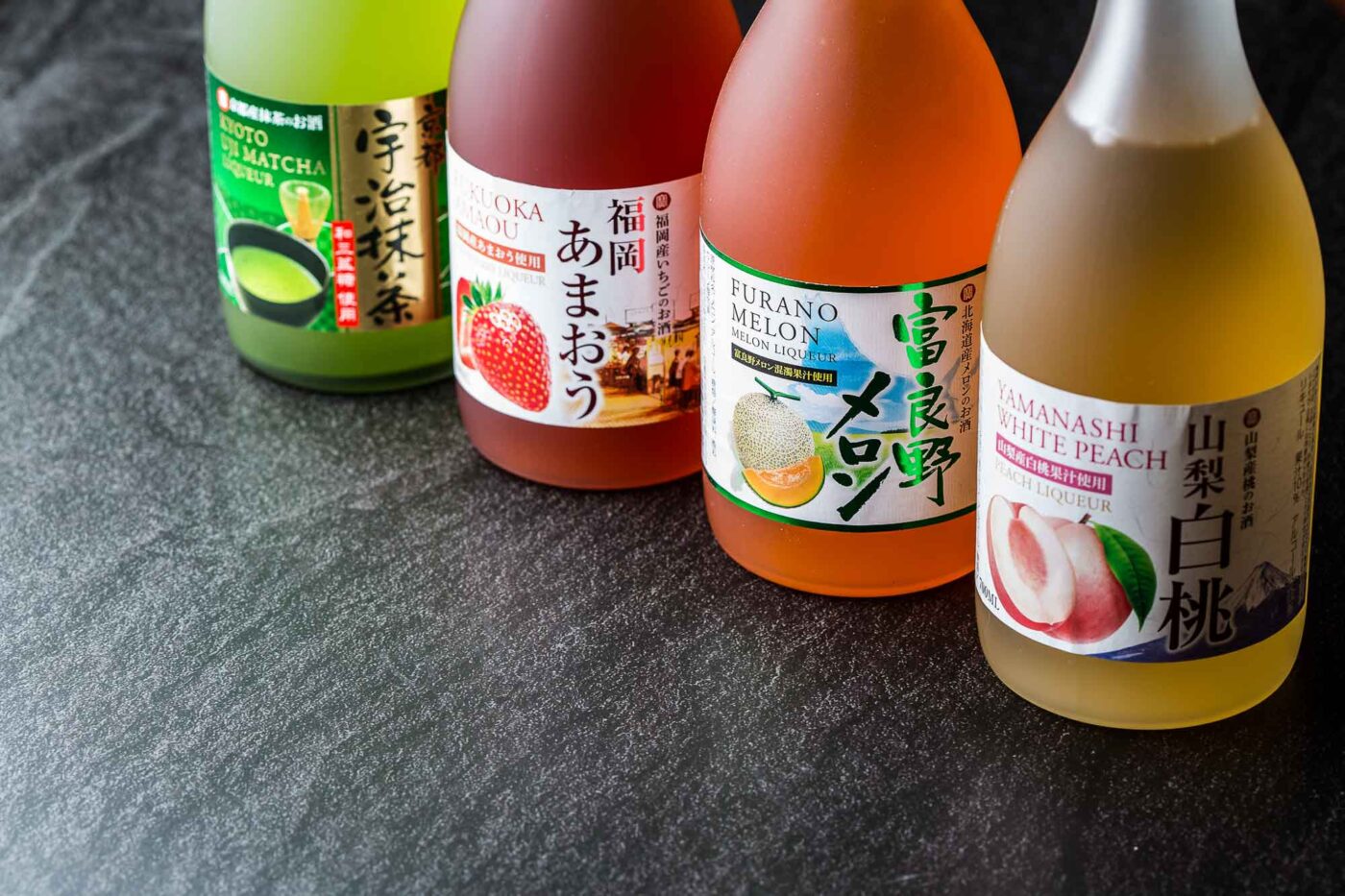
“Nigoris are very much about the grain, milkier, and pair well with anything. More acidic sakes go well with the belly and the interior, for akami loins, you want something more welcoming, without that sweetness, but one of the more floral sakes,” the sushiman adds.
Iván Villanueva: “a dinner with sake never disappoints”
As confirmed by sommelier and oenological winery director Iván Villanueva, master of ceremonies at a tasting that is all about popping the cork and enjoying, chatting and explaining, discussing and exploring. “No one should be scared of this ancestral drink. They should just try it and learn, as you never stop learning about it, and it’s a real joy to sample. Among the ranges we get here in Spain there are sparkling sakes, fruity, dry, extra dry varieties… which offer an endless host of pairing possibilities”.
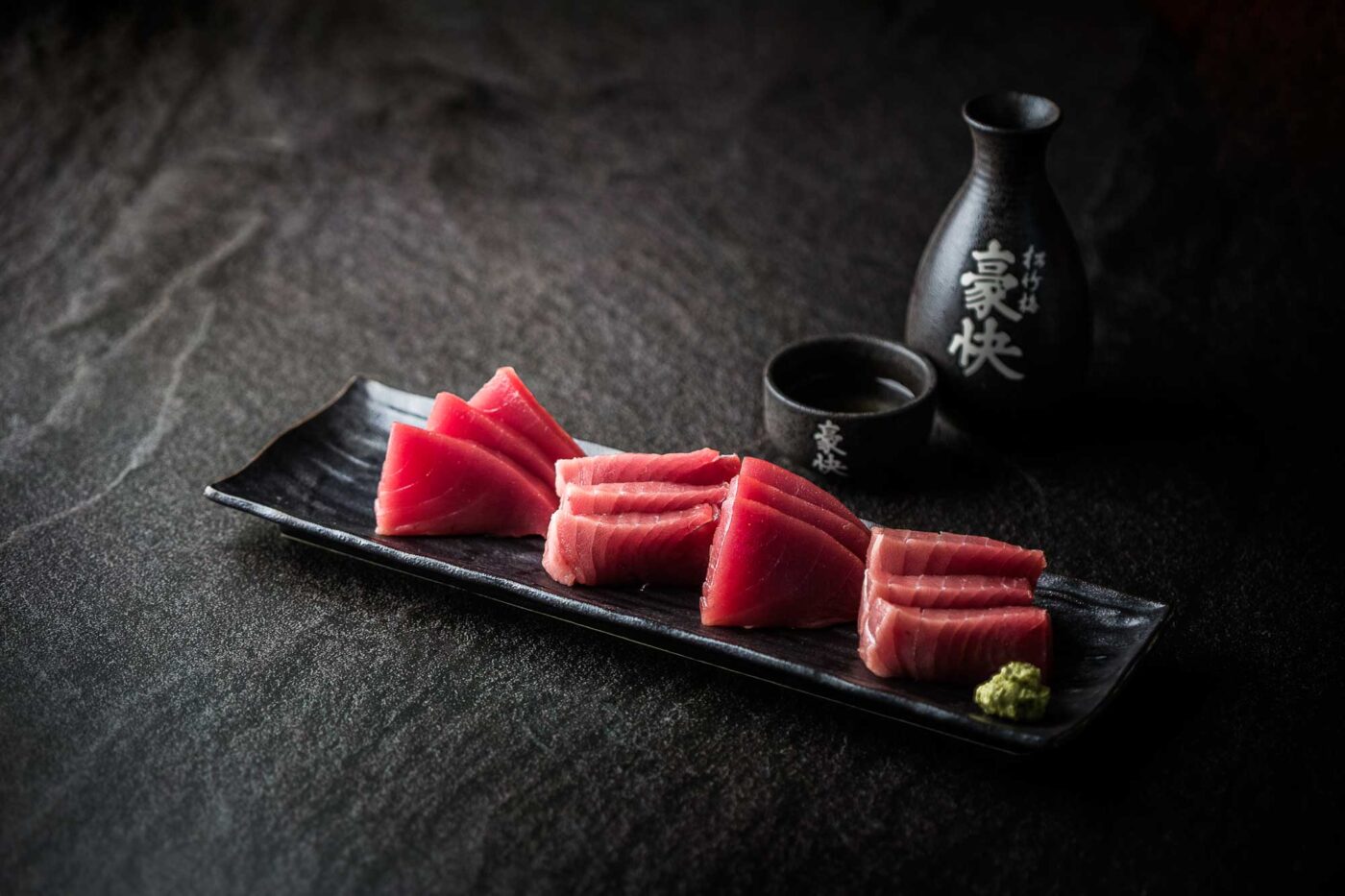
Bear in mind, this is not a distilled beverage, and is unlikely to go past 19 percent alcohol. “It’s the perfect drink to begin or end a meal (sparkling sakes go well with hot dishes such as miso and ramen), and also highly versatile cocktails, even without being combined, on its own. It’s ideal for sushi, sashimi and nigiris, and even for casseroles if you have an iodine-rich sake with less citrus. Within these ranges, one of the most common pairings is this: for the lean cuts, such as akami, I would recommend citric sakes, with intense, sharp, floral notes; for fattier cuts of tuna, what in wine terms would be extra dry, because that density unleashes a host of exquisite nuances. They’re more voluptuous, with volume on the palate, and a really long finish. Sake offers endless possibilities. You have to give it a go, because a lunch or dinner with sake never disappoints“.
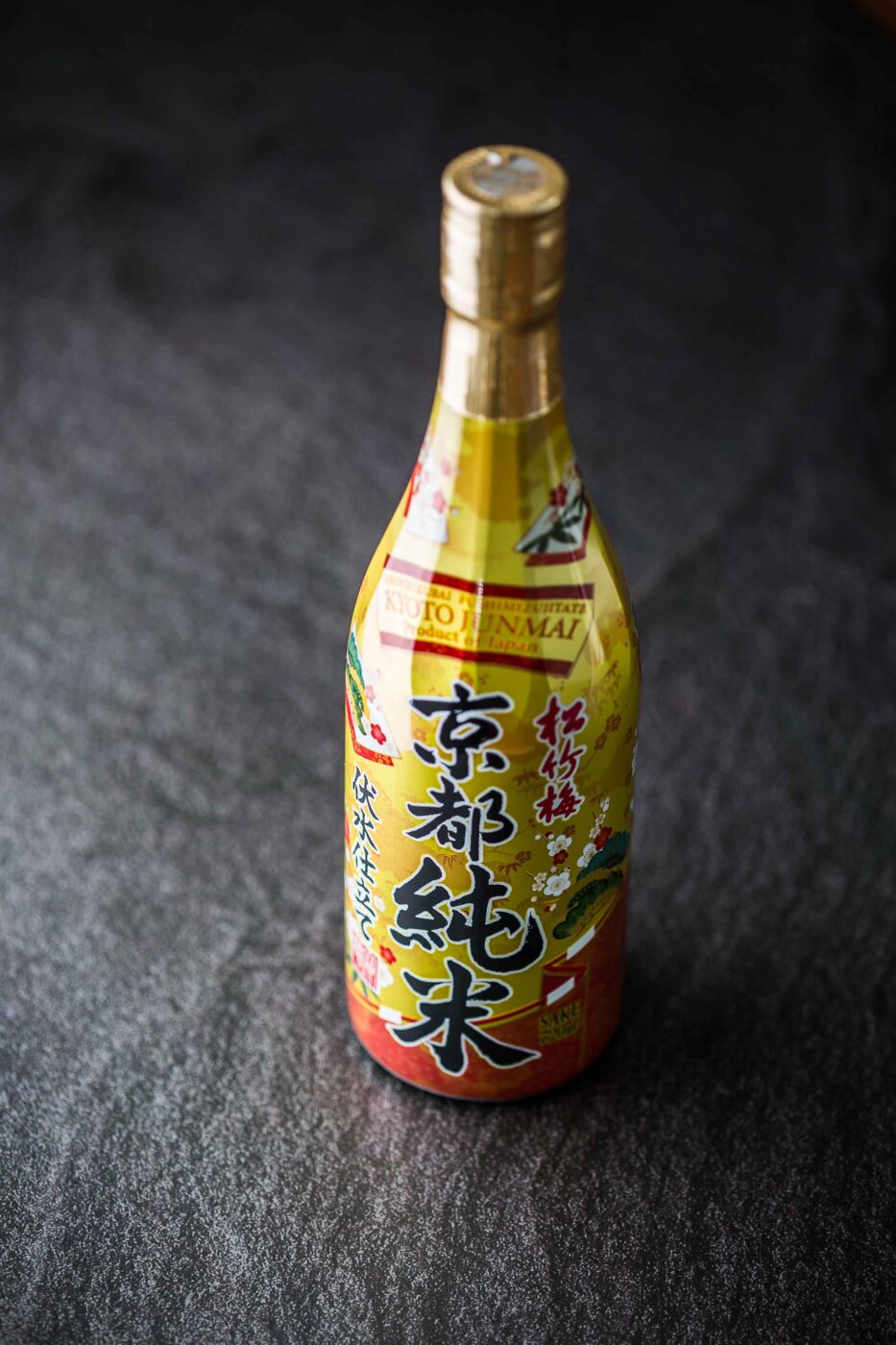
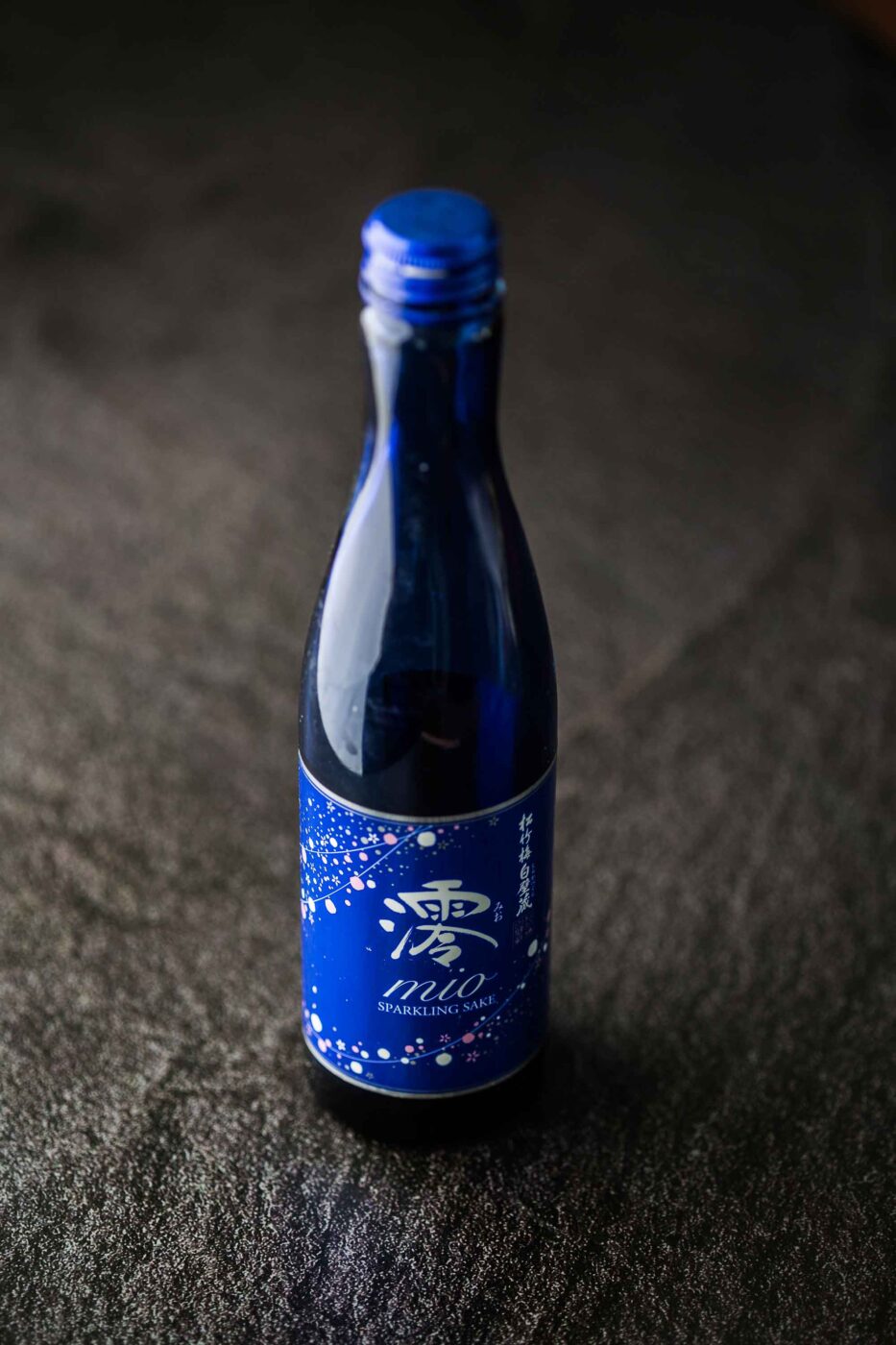
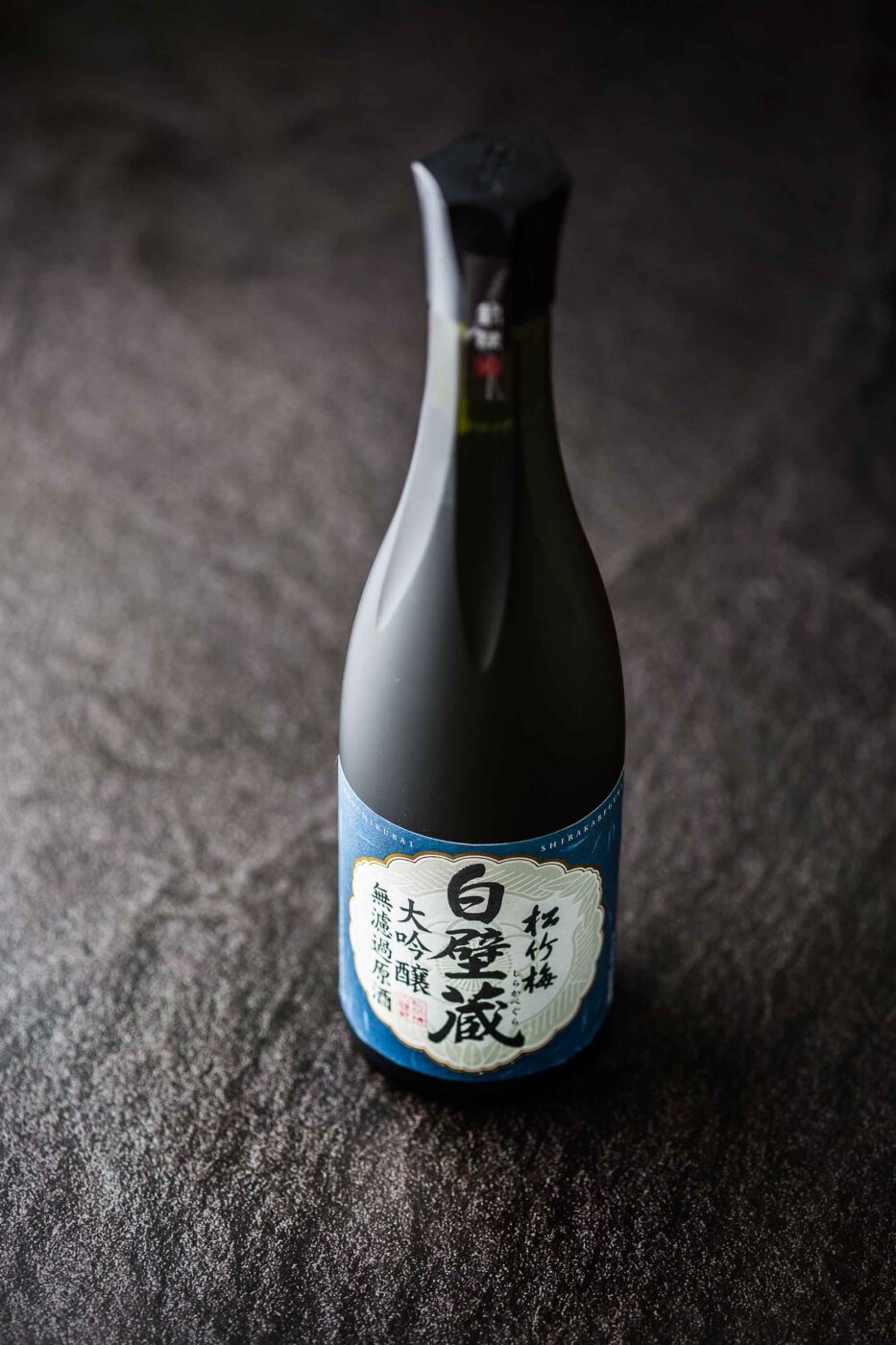
Villanueva sips delightedly at the ochokos. Reflects. Contemplates. Gazes at the horizon and pairs with a cut of Fuentes sashimi. “Wonderful,” he rightly says, his eyes wide open and sparkling. All that remains is to say “Kampai” (cheers), in the language of the land where I was born.
